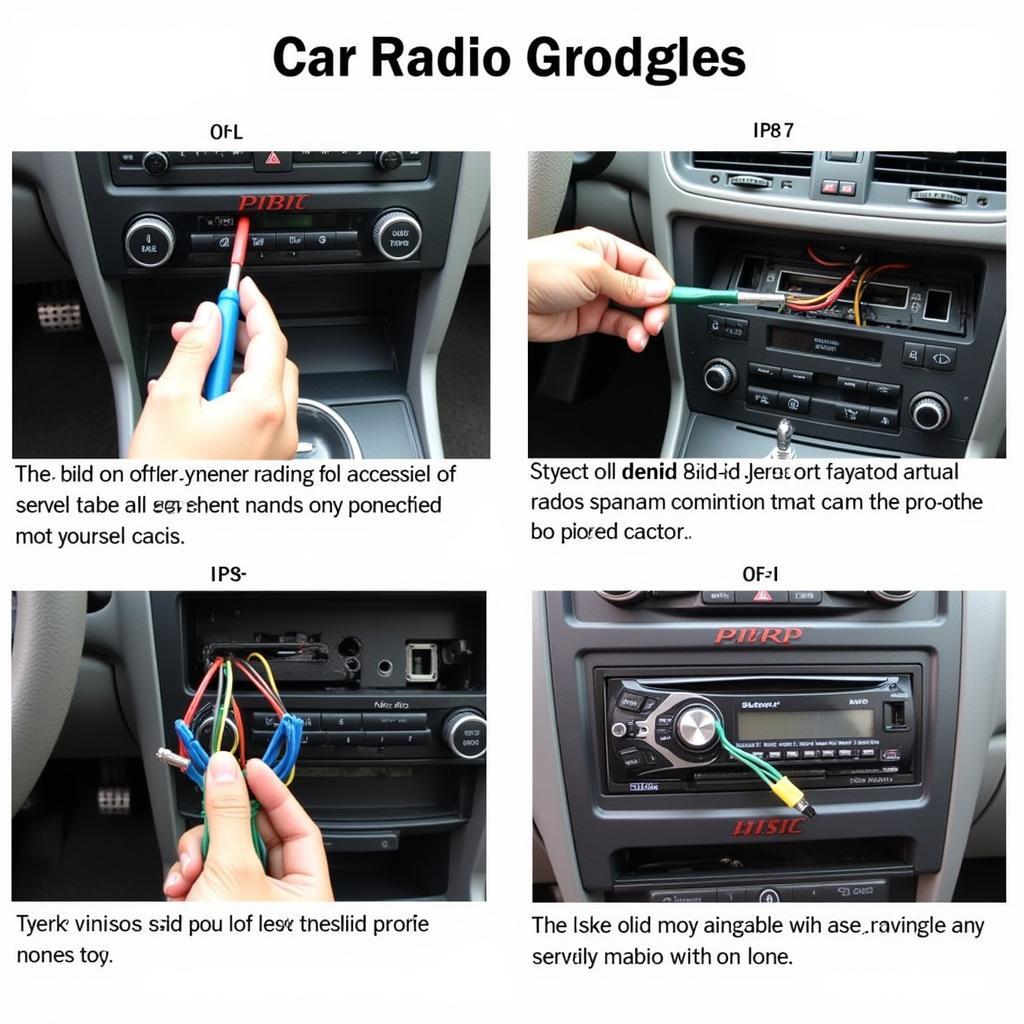Experiencing an expedition battery drain can be frustrating, especially when you’re ready for an adventure. This comprehensive guide dives into the common causes of battery drain in Ford Expeditions and provides practical solutions to get you back on the road. Whether you’re a DIY enthusiast or prefer professional assistance, we’ve got you covered.
Common Causes of Expedition Battery Drain
There are several reasons why your Expedition’s battery might be draining excessively. Understanding these culprits is the first step towards a solution. Some of the most frequent reasons include parasitic draw, failing alternator, faulty battery, extreme temperatures, and even leaving lights or accessories on.
Parasitic Draw: The Silent Thief
A parasitic draw occurs when an electrical component continues to consume power even when the vehicle is off. This can be a tricky issue to diagnose. Everything from a faulty door switch to a malfunctioning radio can be the culprit.
Alternator Issues: Not Charging Properly
A failing alternator can also lead to battery drain. The alternator’s job is to recharge the battery while the engine is running. If it’s not working correctly, the battery will eventually drain, leaving you stranded.
Battery Problems: Old Age or Defects
Sometimes, the battery itself is the problem. Batteries have a limited lifespan, and as they age, their ability to hold a charge diminishes. A defective battery can also drain quickly, regardless of its age.
Extreme Temperatures: Affecting Battery Performance
Extreme temperatures, both hot and cold, can negatively impact battery performance. In cold weather, the chemical reactions within the battery slow down, reducing its capacity. Excessive heat can also damage the battery, leading to premature failure.
Accidental Drain: Leaving Things On
While it might seem obvious, leaving lights on, the radio playing, or other accessories running can quickly drain your battery. It’s always a good idea to double-check everything is off before exiting your vehicle.
Diagnosing the Expedition Battery Drain
Pinpointing the exact cause of the battery drain requires some investigative work. Here are some steps to help you diagnose the issue:
- Visual Inspection: Check the battery for any signs of physical damage, corrosion, or loose connections.
- Battery Test: Use a multimeter to test the battery voltage. A healthy battery should read around 12.6 volts.
- Parasitic Draw Test: With the ignition off and all accessories off, use a multimeter to measure the current draw between the negative battery terminal and the negative battery cable. A draw of more than 50 milliamps could indicate a parasitic draw.
- Alternator Test: With the engine running, use a multimeter to test the alternator output voltage. It should be around 14 volts.
Solutions for Expedition Battery Drain
Once you’ve identified the cause of the battery drain, you can implement the appropriate solution. Here are some common fixes:
- Replacing a Faulty Battery: If the battery is the culprit, replacing it with a new one is the most straightforward solution.
- Repairing or Replacing the Alternator: A failing alternator will need to be repaired or replaced to restore the battery’s charging capacity.
- Addressing Parasitic Draw: This can involve tracing the circuit causing the draw and replacing the faulty component. This can sometimes be a complex process.
- Remote Diagnostics and Programming: For certain issues, remote diagnostics and programming can be utilized. This involves a technician accessing the vehicle’s systems remotely to diagnose and even fix certain software-related problems.
“Remote diagnostics are incredibly valuable for today’s complex vehicles,” says John Smith, Senior Automotive Electrical Engineer at Advanced Vehicle Diagnostics. “It can save time and money by quickly identifying and sometimes even fixing the issue without the need for a physical visit to the shop.”
Conclusion
An expedition battery drain can be a nuisance, but with the right approach, it’s a solvable problem. By understanding the common causes, diagnosing the issue properly, and implementing the appropriate solutions, you can keep your Expedition running smoothly. Don’t let a dead battery derail your adventures.
FAQ
- How long does a Ford Expedition battery typically last? Typically, 3-5 years.
- What are the signs of a bad alternator? Dim headlights, flickering dashboard lights, and a whining noise from the engine are some signs.
- Can I jumpstart my Expedition with a dead battery? Yes, but be cautious and follow proper jump-starting procedures.
- How can I prevent battery drain in my Expedition? Ensure all lights and accessories are off when parked, and have your battery and alternator tested regularly.
- What is remote diagnostics and programming? It’s a method where technicians can access your vehicle’s systems remotely to diagnose and fix software issues.
- Is it safe to drive with a bad alternator? It is not recommended, as it can damage the battery and other electrical components.
- How much does it cost to replace an Expedition battery? The cost varies, but you can expect to pay between $150 and $300 for a new battery.

